Treated by Orthodontics
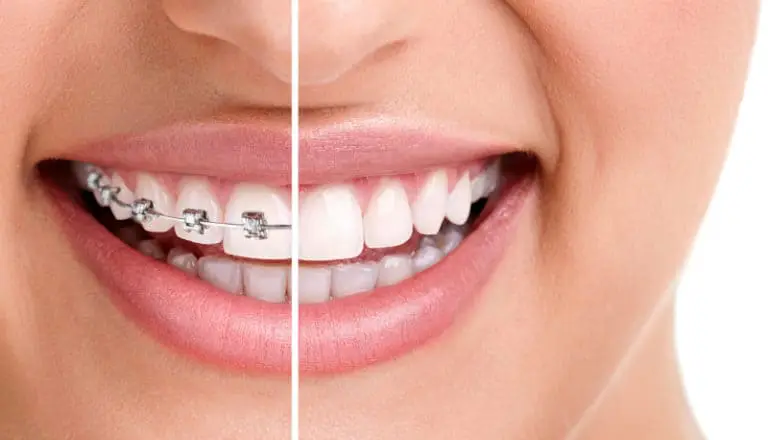
Understand Teeth, Their Conditions and Treatment- 12 Orthodontic Dentistry
Some of us non-dental people don’t quite understand orthodontics. We’ve tried to keep this explanation of common terms in lay persons language. We hope it’s helpful.
Orthodontic dentistry corrects teeth and jaws that aren’t correctly aligned. Dealing with issues ranging from discomfort to sleep apnea and other conditions such as hard to clean teeth, inability to chew properly, tooth wear and jaw joint problems, chipped and worn front teeth, improper jaw and dental function, excessive wear of the contacting teeth, trauma to gums, improper bite and others.

Orthodontic Conditions:
Crossbite
A lateral miss alignment of teeth is commonly referred to as a “crossbite” . It can make your teeth chip and wear down faster.
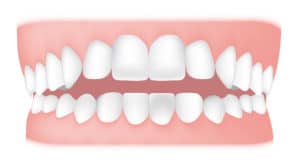
Orthodontic conditions:
Open-Bite
An anterior/open bite is where the front upper and lower teeth slant outward so they don’t touch when the mouth is shut.
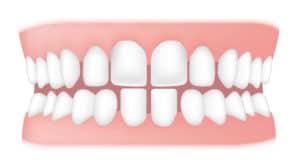
Orthodontics conditions:
Spacing
Gaps or spaces between the teeth caused by a missing tooth or the teeth do not fill-up the mouth.
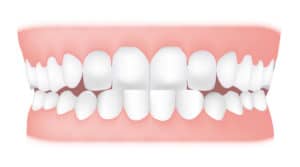
Orthodontic conditions:
Anterior Crossbite/Underbite
An Anterior Crossbite/Underbite is when one or more upper incisors bites behind the lower incisors. The opposite of an overbite. The top front biting teeth a contacting the bottom teeth from behind.

Orthodontic conditions:
Overjet
Overjet is the distance of horizontal (anterior-posterior) spacing of the maxillary central incisors over the mandibular central incisors. Overjet is increased as the maxillary central incisors extend out.

Orthodontics conditions:
Overcrowding
Overcrowding or Malocclusion is a hereditary condition that happens when there isn’t enough space for all the teeth to properly fit within the mouth.

Orthodontic conditions:
Impacted-Tooth
A tooth that, for some reason, has been blocked from breaking through the gum is referred to as an impacted tooth. Often the tooth will partially break the gum and impact onto a tooth beside it.
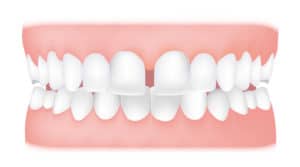
Orthodontic conditions:
Diastema
Simply put, it’s a spacing between teeth. Usually between biting teeth (incisors and canines) and grinding teeth (premolars and molars).
Temporomandibular joint and muscle disorders
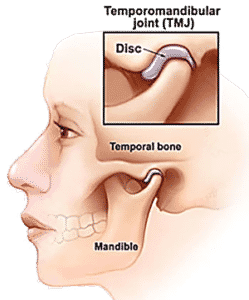
TMJ or Temporomandibular Joint disorders can often be treated with orthodontics. If the the issue is a misalignment of the teeth causing the problem, orthodontics could be the right solution.
TMJ
